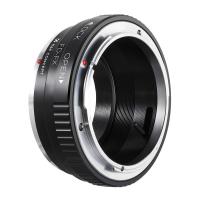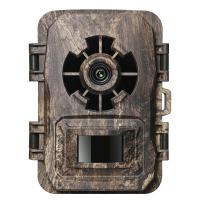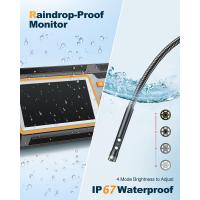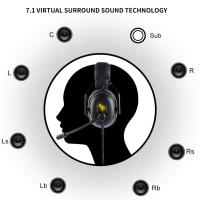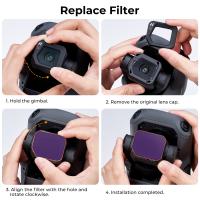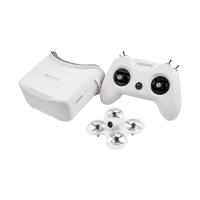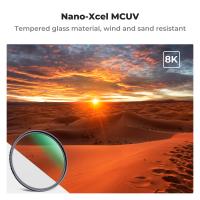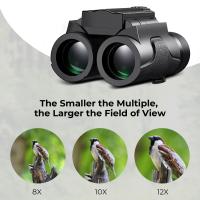What Does The Nosepiece Do On A Microscope ?
The nosepiece on a microscope holds the objective lenses and allows for easy switching between them. By rotating the nosepiece, different objective lenses can be brought into position above the specimen being viewed. This allows for different levels of magnification and resolution to be achieved, depending on the needs of the user. The nosepiece is an important component of a microscope, as it allows for quick and easy adjustments to be made without having to physically switch out lenses.
1、 Holds and rotates objective lenses
The nosepiece on a microscope is an essential component that holds and rotates the objective lenses. The objective lenses are responsible for magnifying the specimen being observed, and the nosepiece allows the user to switch between different magnification levels quickly. The nosepiece is typically located near the base of the microscope and is attached to the body tube.
The nosepiece is designed to hold multiple objective lenses, which can vary in magnification power and numerical aperture. By rotating the nosepiece, the user can switch between different objective lenses, allowing them to observe the specimen at different magnification levels. This feature is particularly useful when examining a specimen that requires different levels of magnification to observe different features.
In addition to holding and rotating the objective lenses, some modern microscopes also have a motorized nosepiece. This feature allows the user to switch between objective lenses using a remote control or computer software, making it easier to switch between magnification levels without having to physically rotate the nosepiece.
Overall, the nosepiece is a critical component of a microscope that allows the user to switch between different objective lenses quickly and easily. Whether manually or motorized, the nosepiece is an essential feature that enables users to observe specimens at different magnification levels and gain a better understanding of their structure and function.
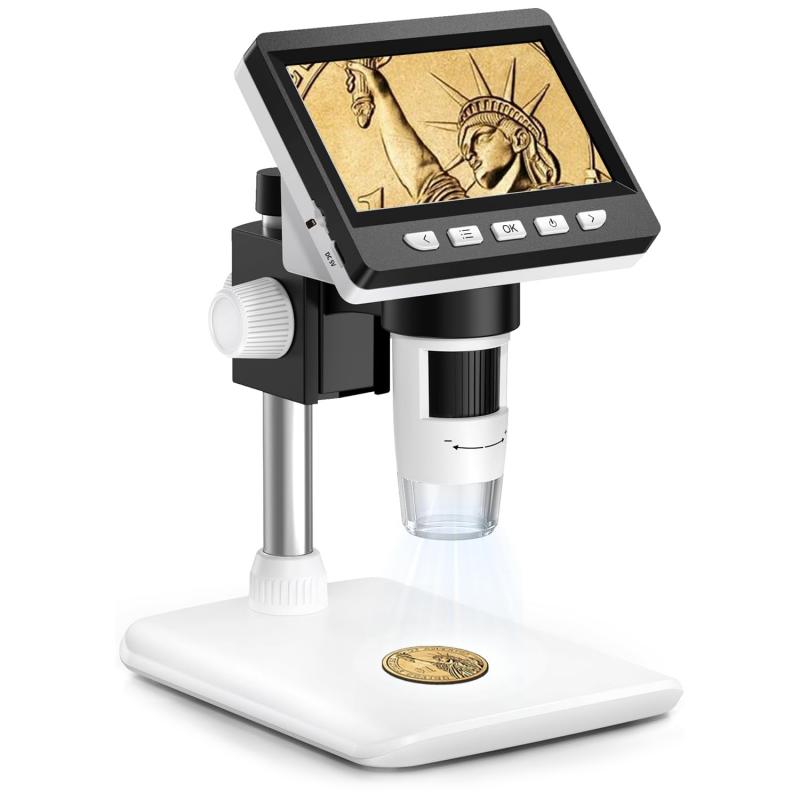
2、 Allows for magnification changes
The nosepiece on a microscope is an essential component that allows for magnification changes. It is a rotating mechanism that holds the objective lenses, which are responsible for magnifying the specimen being observed. The nosepiece typically has three or four objective lenses of varying magnification powers, and by rotating the nosepiece, the user can switch between these lenses to achieve different levels of magnification.
In addition to allowing for magnification changes, the nosepiece also helps to maintain the alignment of the objective lenses. When the objective lenses are switched, the nosepiece ensures that the new lens is properly aligned with the optical path of the microscope. This is important because misalignment can result in blurry or distorted images.
From a technical standpoint, the nosepiece is designed to be parfocal, meaning that when the user switches between objective lenses, the focus of the microscope remains relatively constant. This is achieved by ensuring that the distance between the objective lens and the specimen remains constant, regardless of the magnification power of the lens.
Overall, the nosepiece is a critical component of a microscope that allows for easy and precise magnification changes. Its design ensures that the objective lenses remain properly aligned and that the focus of the microscope remains consistent, making it an essential tool for scientific research and education.

3、 Enables focusing on the specimen
The nosepiece on a microscope is an essential component that holds the objective lenses and enables the user to focus on the specimen. The objective lenses are mounted on the nosepiece, and by rotating the nosepiece, the user can switch between different magnifications. This feature is particularly useful when examining specimens at different levels of detail.
In addition to enabling focusing on the specimen, the nosepiece also plays a crucial role in maintaining the accuracy and precision of the microscope. The objective lenses are delicate and sensitive to damage, and the nosepiece provides a secure and stable platform for them. The nosepiece also ensures that the lenses are properly aligned with the optical axis of the microscope, which is essential for obtaining clear and accurate images.
Recent advancements in microscope technology have led to the development of automated nosepieces that can switch between objective lenses with the push of a button. These automated nosepieces are particularly useful in applications where speed and efficiency are critical, such as in medical diagnosis or industrial quality control.
In conclusion, the nosepiece on a microscope is a critical component that enables focusing on the specimen and ensures the accuracy and precision of the microscope. With the latest advancements in technology, the nosepiece has become even more efficient and user-friendly, making it an essential tool in various fields of science and industry.

4、 Connects the objective lenses to the eyepiece
The nosepiece on a microscope is an essential component that connects the objective lenses to the eyepiece. It is a rotating mechanism that allows the user to switch between different magnification levels quickly. The nosepiece typically holds three to four objective lenses of varying magnification powers, and the user can rotate the nosepiece to select the desired lens.
The nosepiece is an important part of the microscope because it allows the user to change the magnification level without having to remove and replace the objective lens manually. This feature is particularly useful when examining specimens that require different levels of magnification. For example, when examining a tissue sample, the user may need to start with a low magnification level to locate the area of interest and then switch to a higher magnification level to examine the details of the tissue structure.
In addition to its primary function of connecting the objective lenses to the eyepiece, the nosepiece also helps to maintain the alignment of the lenses. The objective lenses must be precisely aligned with the eyepiece to produce a clear and focused image. The nosepiece ensures that the lenses are correctly positioned and prevents them from becoming misaligned during use.
In recent years, advancements in microscope technology have led to the development of motorized nosepieces. These nosepieces can be controlled electronically, allowing the user to switch between different magnification levels with the push of a button. Motorized nosepieces are particularly useful in applications where rapid switching between magnification levels is required, such as in live cell imaging or time-lapse microscopy.
In conclusion, the nosepiece on a microscope is a critical component that connects the objective lenses to the eyepiece and allows the user to switch between different magnification levels quickly. It also helps to maintain the alignment of the lenses and has evolved with technological advancements to include motorized options for more efficient use.
























